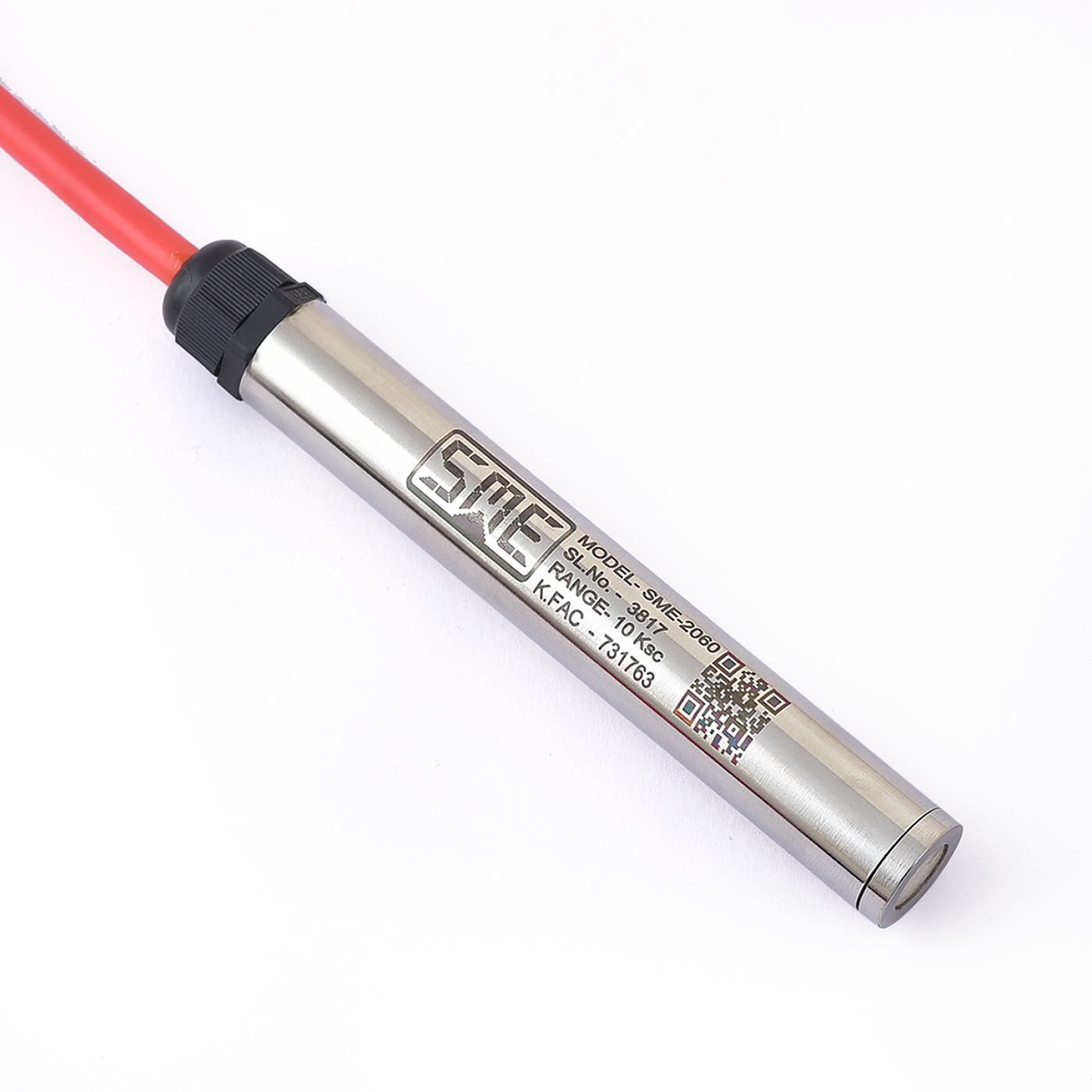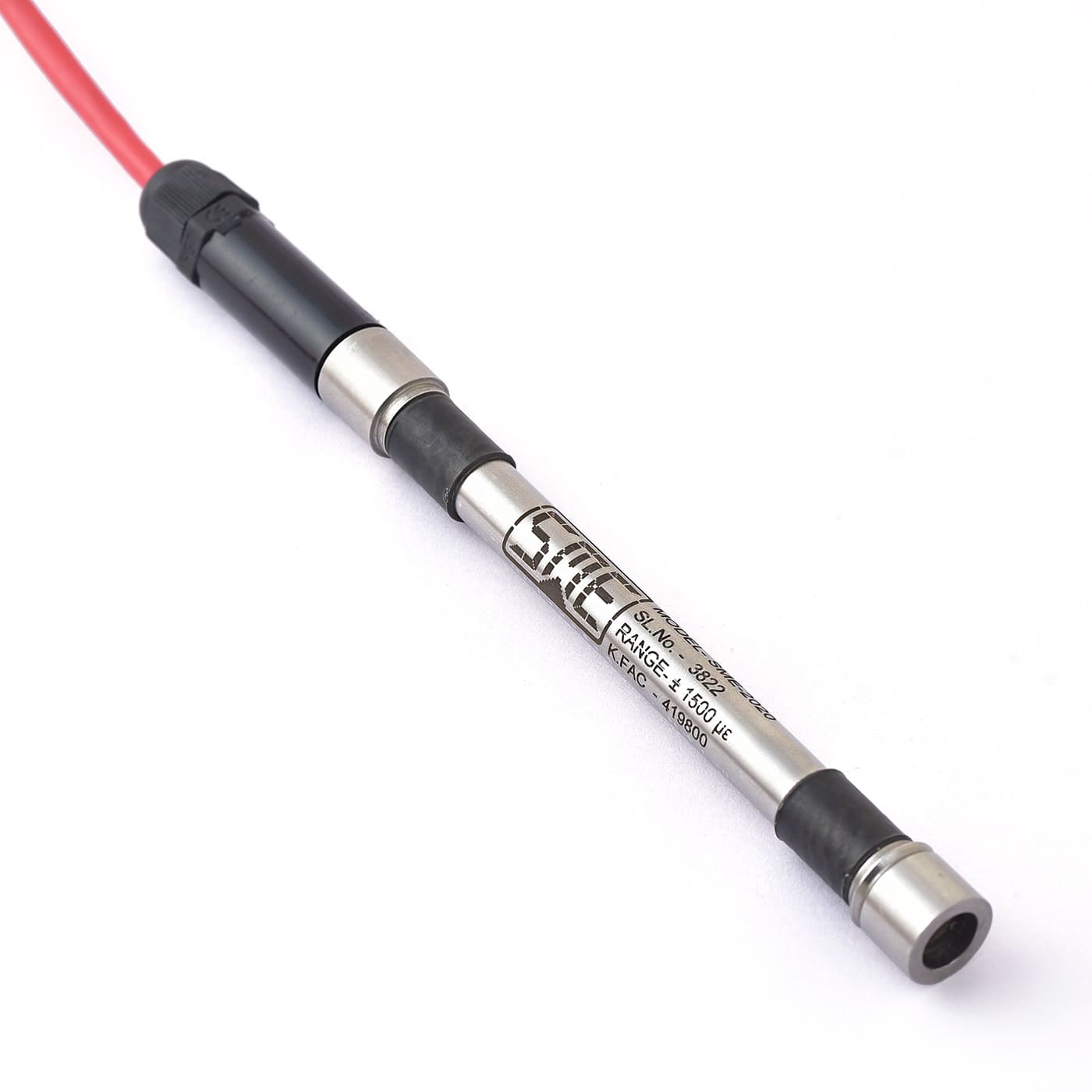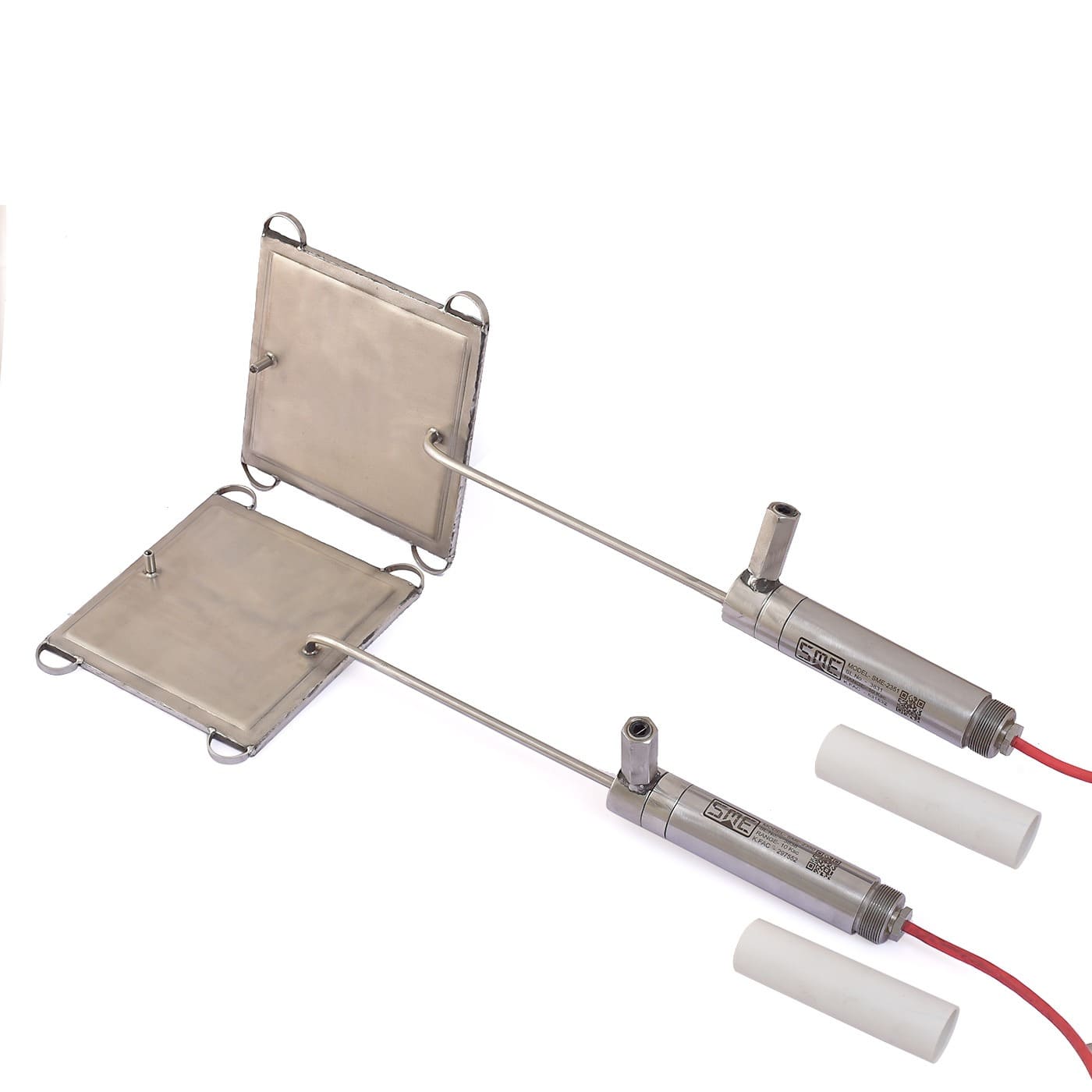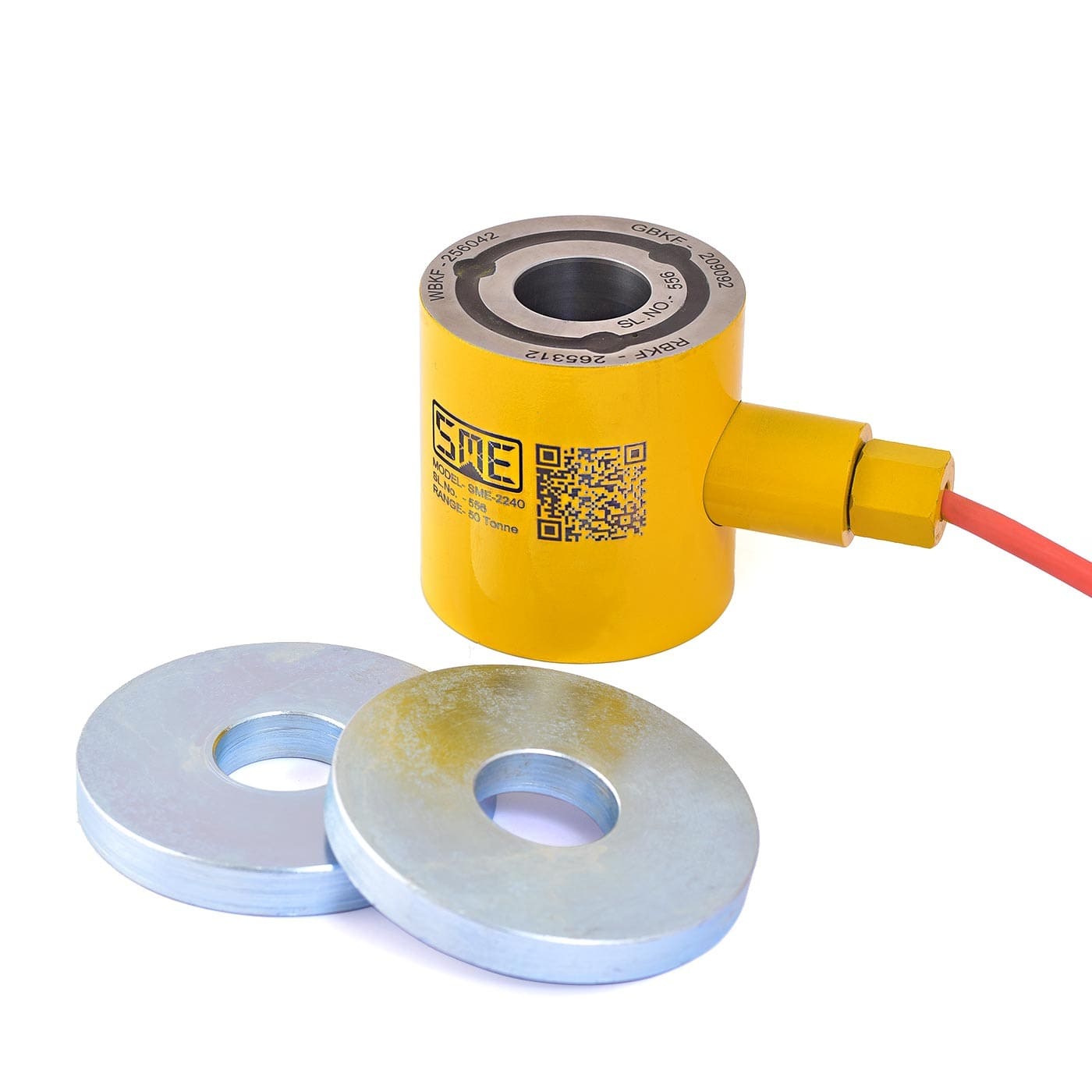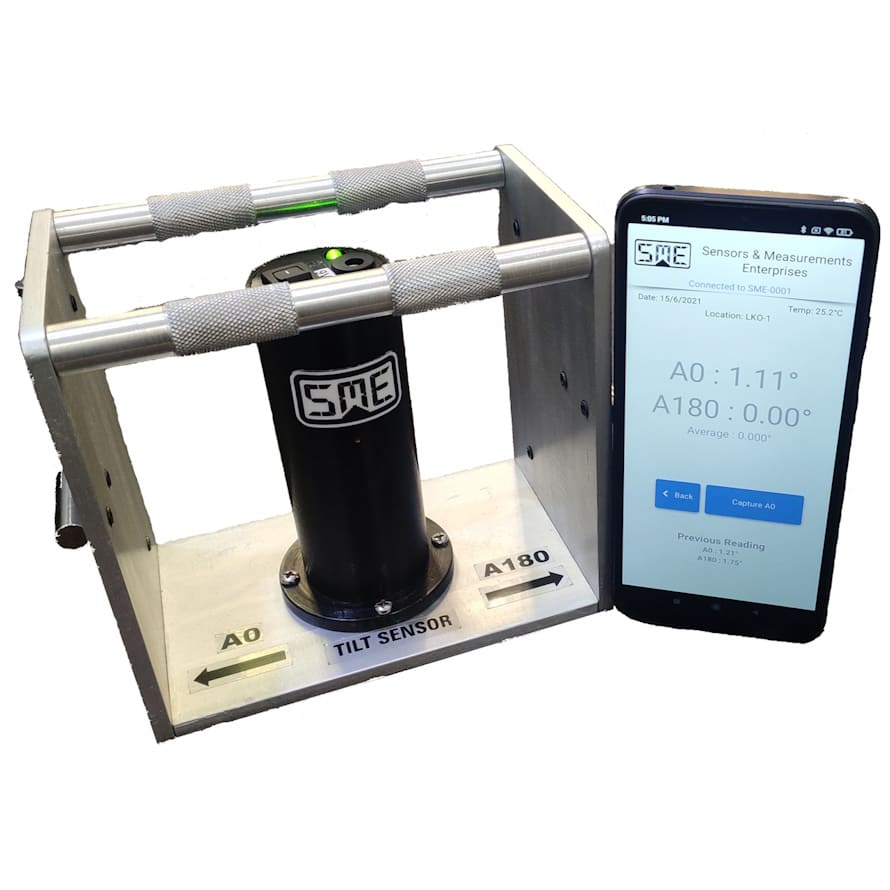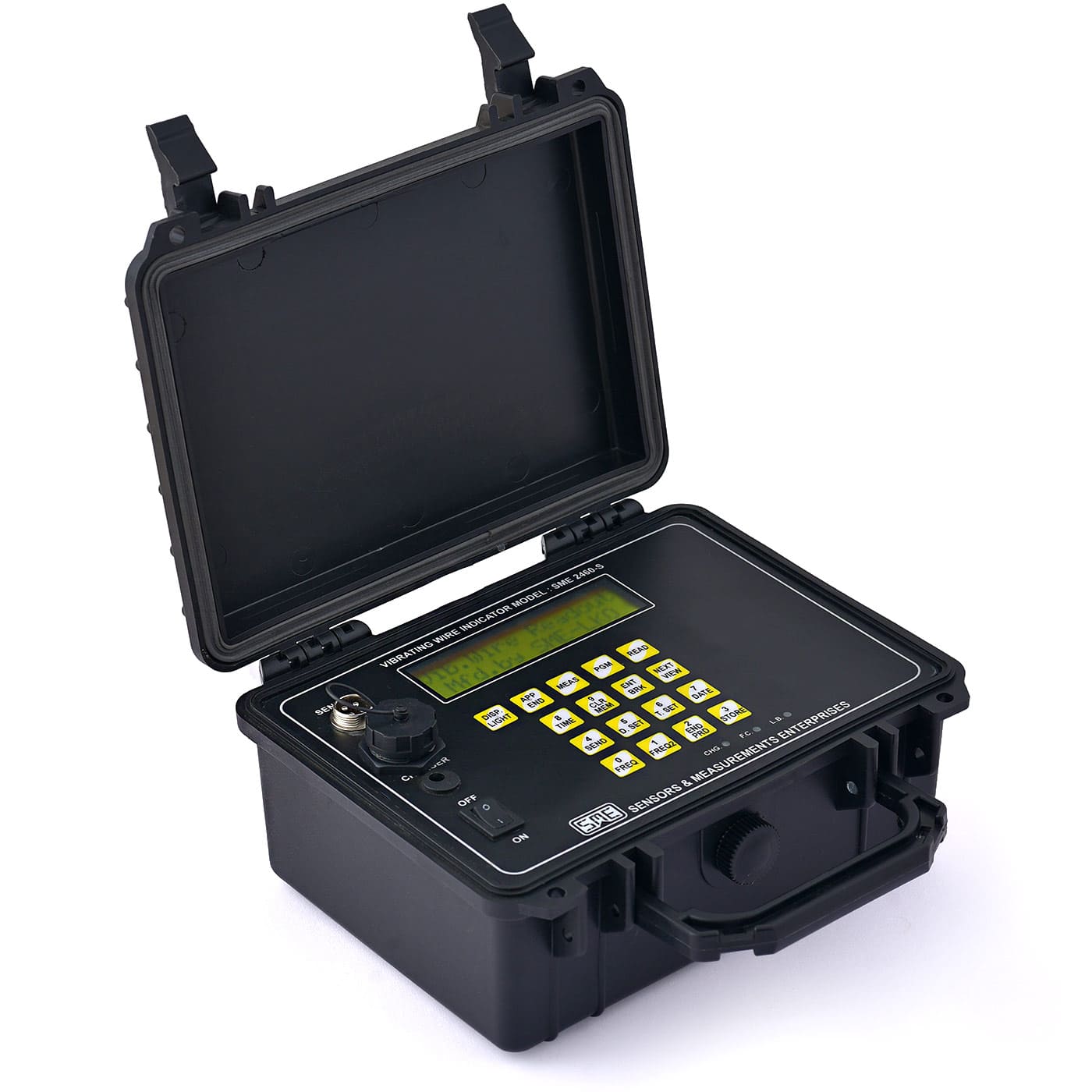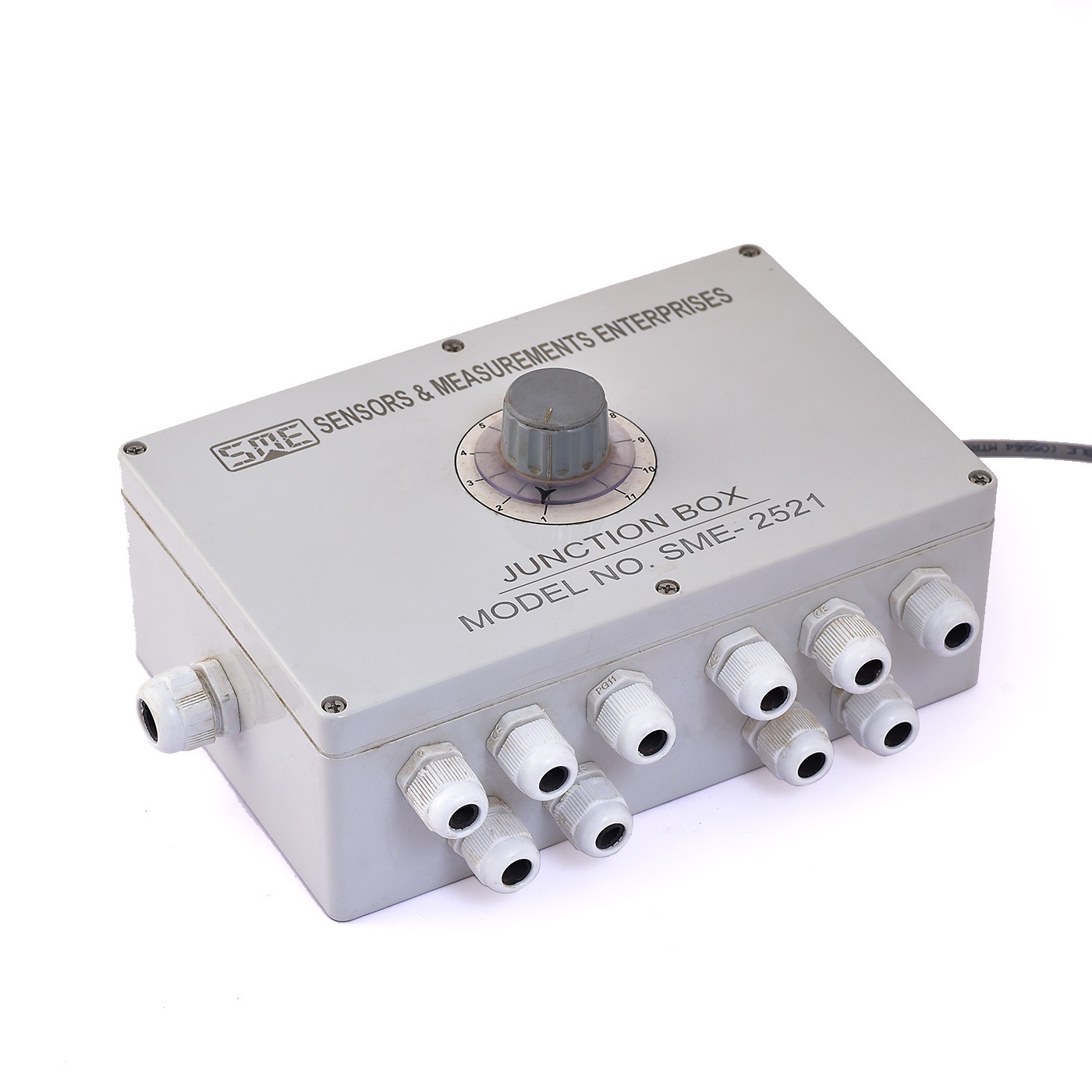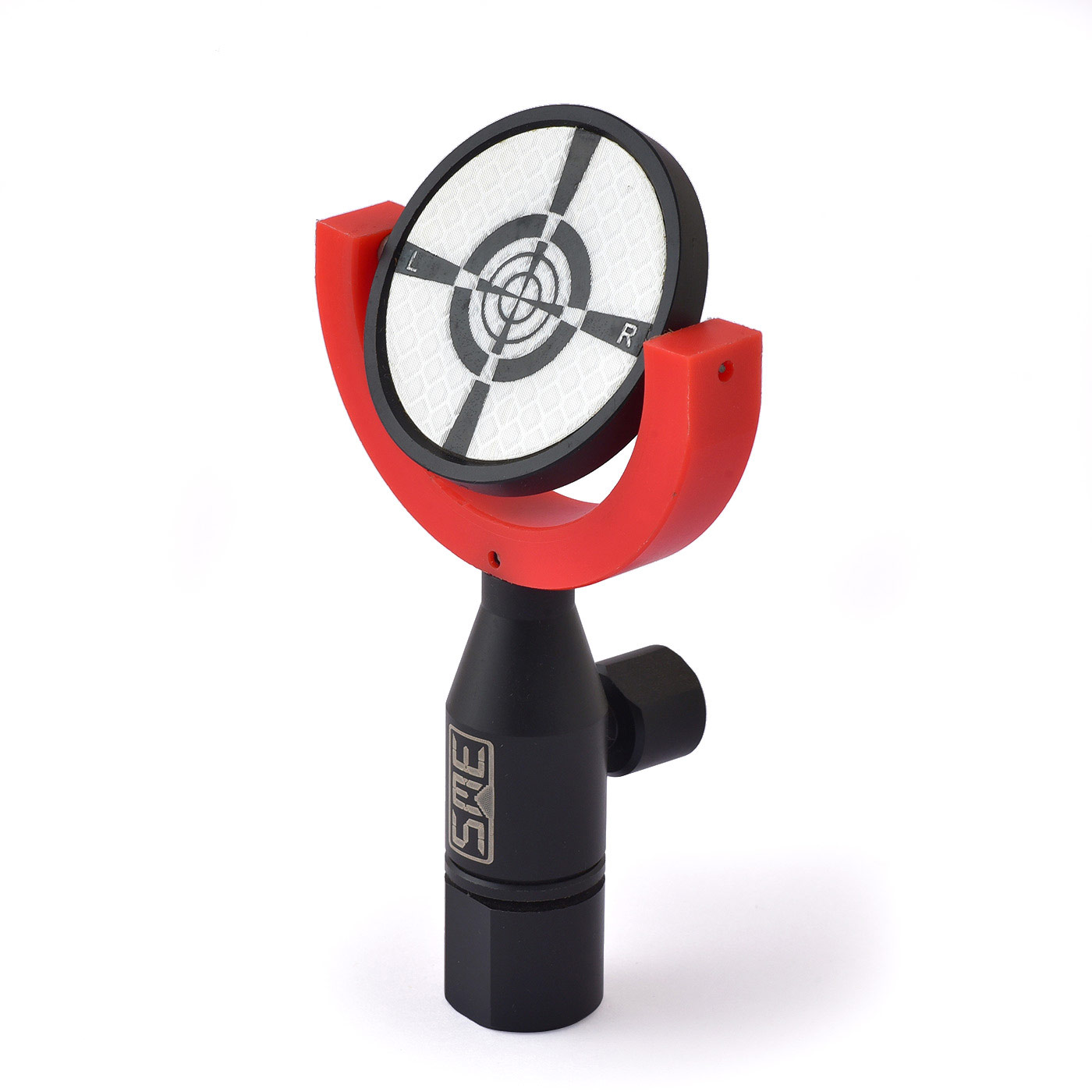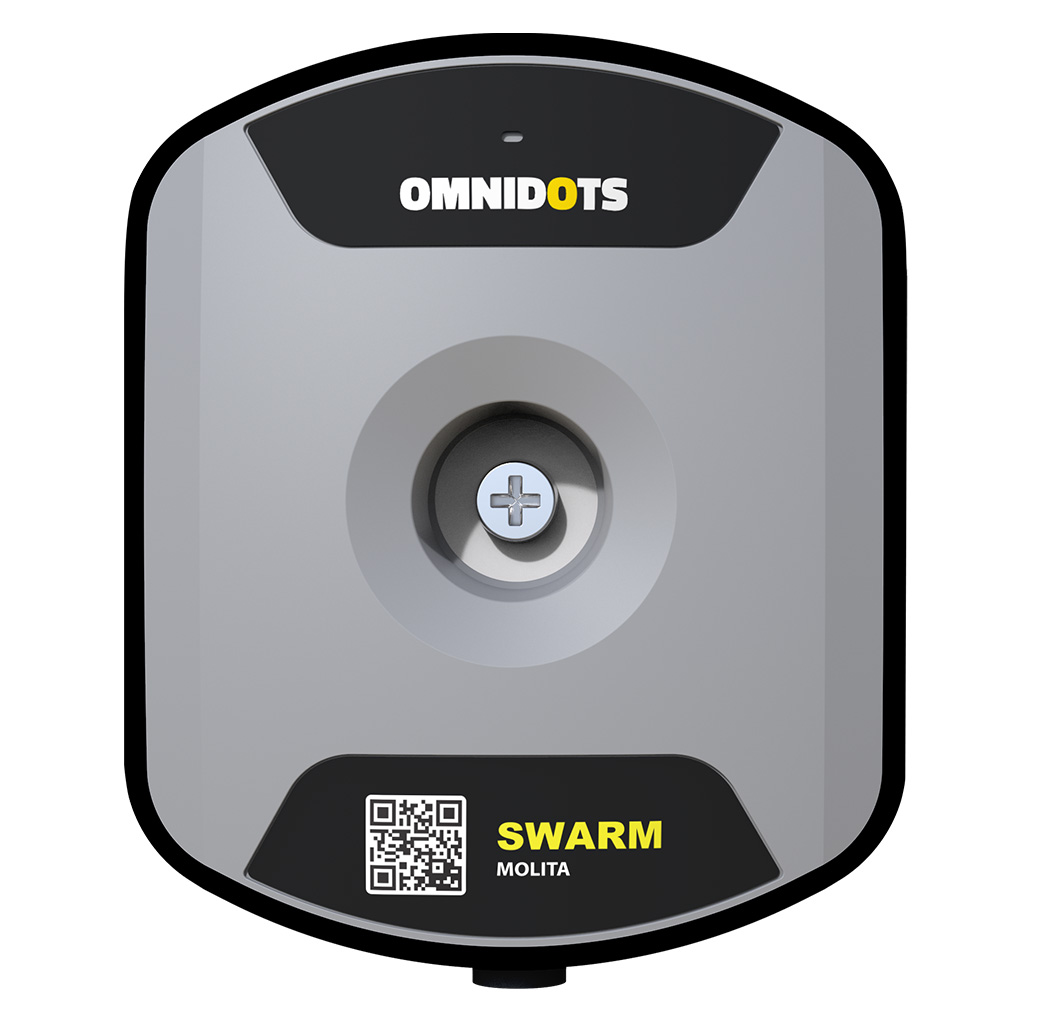Deep excavation monitoring refers to the process of closely observing and assessing the behavior and stability of excavations or trenches that extend to significant depths in the ground. This monitoring is crucial to ensure the safety of the construction site, surrounding structures, and personnel involved in the excavation activities. Deep excavations are often undertaken for various construction projects such as building foundations, underground structures, tunnels, and other infrastructure projects.
Key aspects of deep excavation monitoring include:
- Ground Movement Monitoring:-
Instrumentation: Various instruments are used to monitor ground movement, including inclinometers, extensometers, settlement plates, and surveying equipment. These instruments help track any changes in the ground, such as lateral or vertical movements. - Deformation Analysis:-
Geotechnical Instruments: Instruments like tiltmeters and crack meters are used to measure deformations in the soil and surrounding structures. These instruments can detect changes in slope, cracks, or other signs of deformation. - Water Table and Pore Pressure Monitoring:-
Piezometers: These instruments measure water pressure in the ground and help monitor the groundwater level. Changes in pore water pressure can significantly impact soil stability. - Structural Monitoring:-
Instrumentation on Structures: Monitoring devices may be installed on nearby buildings or structures to detect any movements or settlements caused by the excavation activities. - Real-Time Monitoring Systems:-
Automated Systems: Some projects employ real-time monitoring systems that continuously collect and analyze data. These systems can provide immediate alerts if any abnormal behavior or potential risks are detected. - Safety Measures and Mitigation:-
Early Warning Systems: Establishing protocols for response in case of unexpected movements or critical conditions, including evacuation procedures.
Mitigation Strategies: Implementing measures to stabilize the excavation, such as adding support systems, changing excavation methods, or adjusting the construction sequence. - Documentation and Reporting:-
Record Keeping: Maintaining comprehensive records of monitoring data, including baseline measurements and regular updates, to assess the ongoing stability of the excavation.
Deep excavation monitoring is essential for preventing accidents, ensuring structural integrity, and complying with safety regulations. It helps construction professionals make informed decisions and take corrective actions when necessary to maintain the stability of the excavation and protect the surrounding environment.


